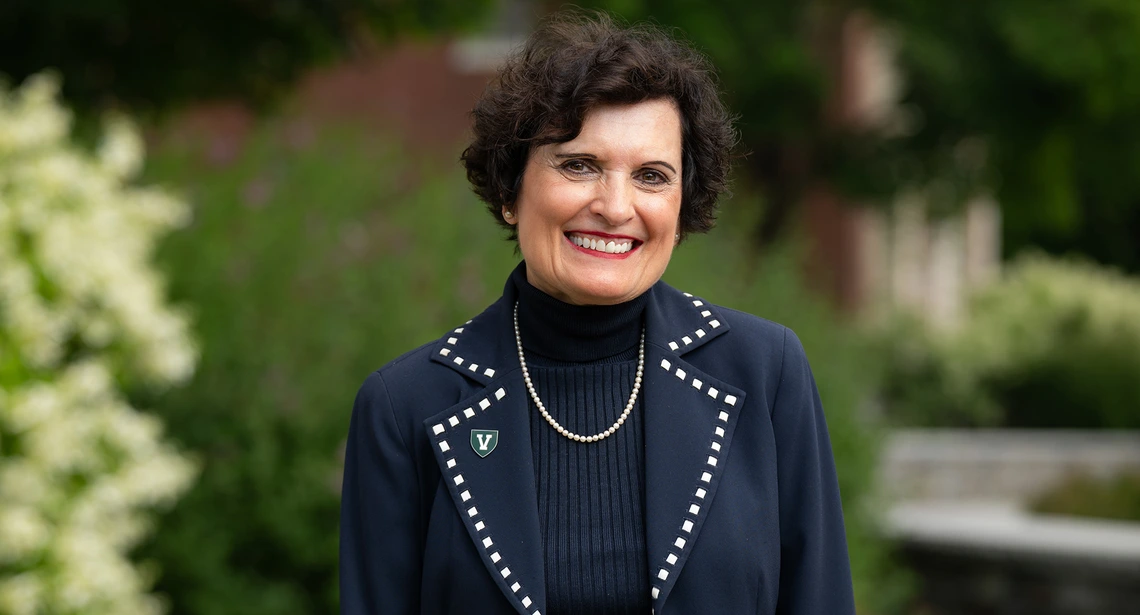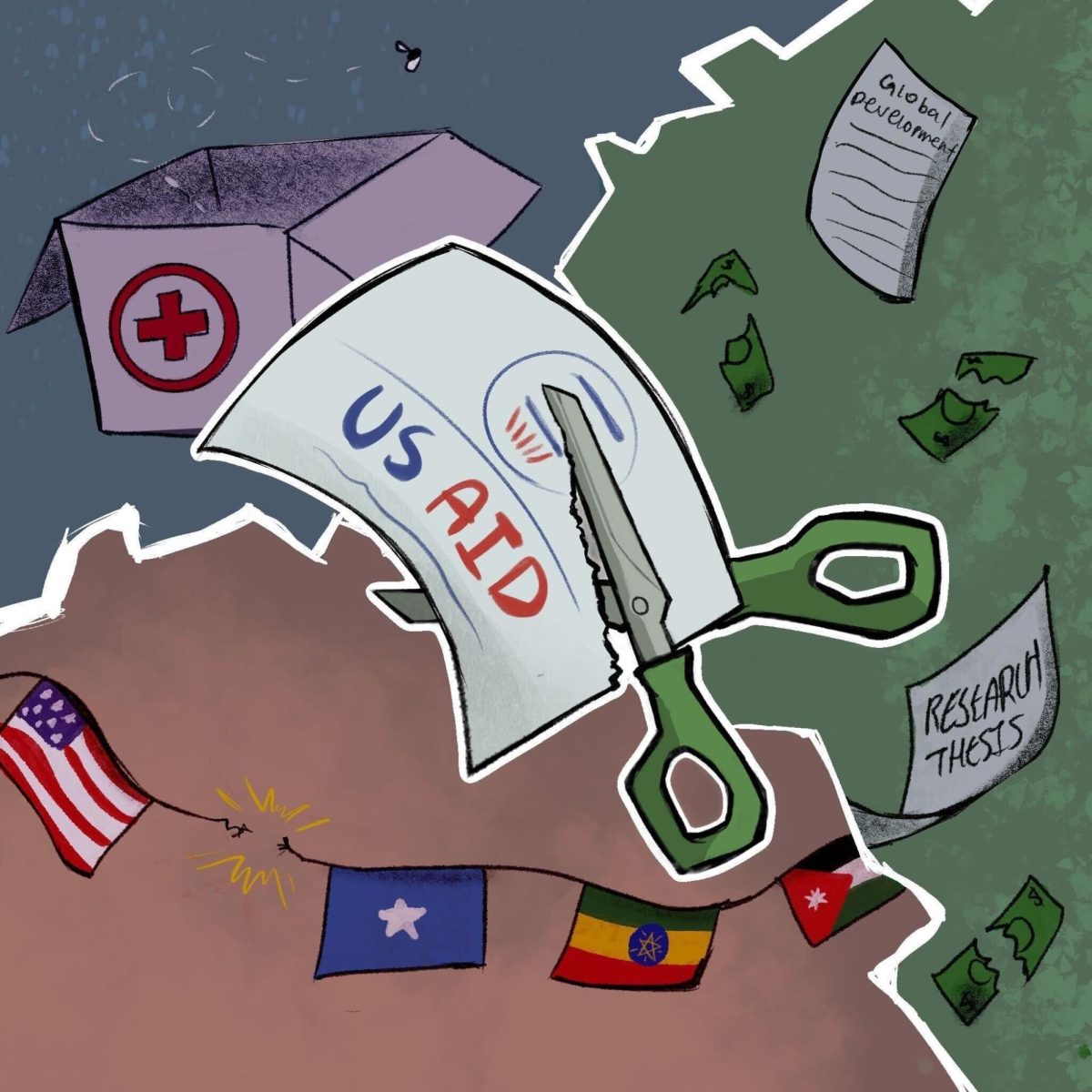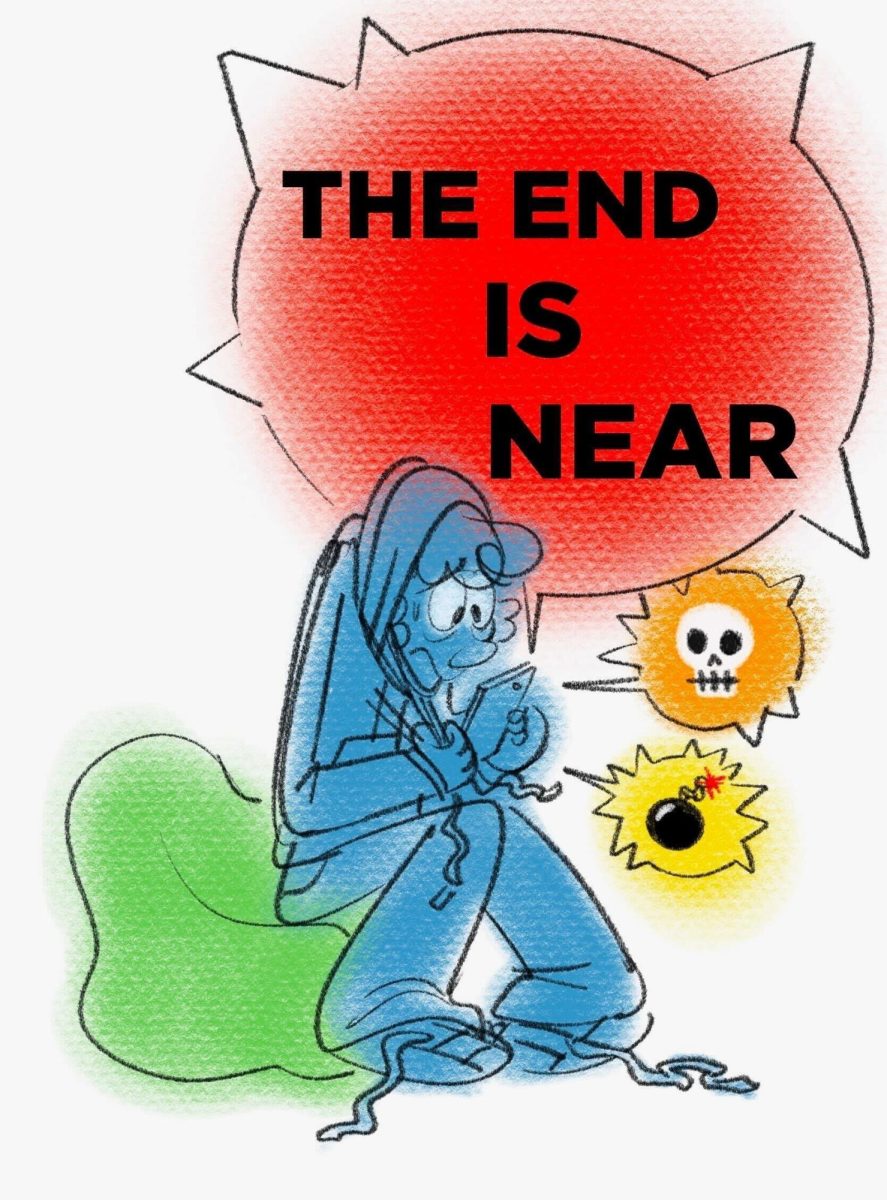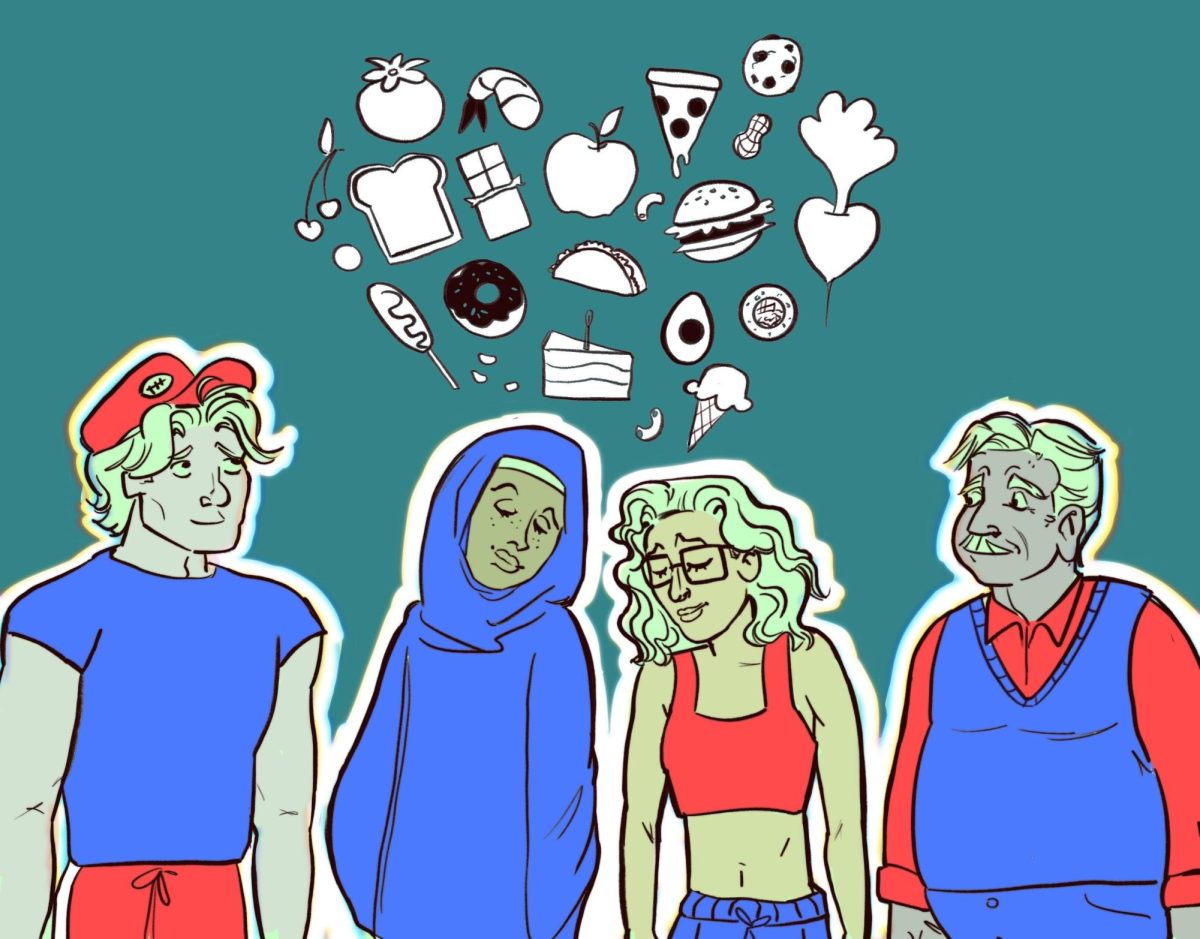Drug overdose related deaths have increased dramatically in the U.S. over the last decade with the rise in prescription drug and heroin addictions.
With national numbers on the rise, local stats reflect a problem in the Grand Canyon State. Arizona is ranked 12th in the nation for prescription drug misuse by persons 12 years and older, according to Arizona Criminal Justice Commission.
Keith Boesen, UA Poison and Drug Information director, provided insight into the rising epidemic.
“This is definitely a problem, I think what we try to focus on is that these are accidental deaths,” Boesen said. “This is not someone who wanted to commit suicide and took a bunch of pills, this is someone who accidently overdosed on drugs and, in most cases, there is a combination of drugs.”
Boesen emphasized that many people who die from drug overdoses are taking a much larger dose of medicine than what was first prescribed to them because they are trying to feel the same effect.
Some drug users combine prescription drugs like opioids with other drugs that cause drowsiness to feel a greater effect of the drug. This practice, however, can be lethal.
Boesen said opioids and heroin are in the same pharmaceutical family, but heroin is taken out of this category because unlike opioids, it use illegal and is not for medical use.
OxyContin, Codeine and hydrocodone are all considered opioids for medical use.
“Over the years we as a society pushed the idea that we need to treat pain. There is a list of vital signs like heart rate, blood pressure and temperature that were tested,” Boesen said. “Doctors added pain to that list. They needed a better job of treating pain and found an effective way to do that with these drugs called opioids,”
Eventually, users become addicted and run out of their prescription. To obtain more, they have to buy them illegally on the black market.
Opioids then become too expensive to purchase illegally, so users turn to the cheaper alternative of heroin.
In Arizona, there has been an increase in overdose mortality rates in certain age populations since 2009, specifically in the late 20-year-old or post-college crowds and the elderly, according to the Pima County Prescription Drug Overdose Data.
“This is not just your drug addicts on the street corner, it’s grandma and grandpa, the person sitting in the car next to you, normal people taking more and more than they should,” Boesen said.
Dr. Margaret Coughlan, a graduate of Massachusetts Institute of Technology and New York University, deals with pharmaceuticals every day in her small family practice located in Millbrook, New York.
“I think there is a movement in the medical world to educate physicians on proper use of these medications,” Coughlan said. “However, we can be accused of undertreating pain too, so sometimes our hands are tied. I would hate to work in an emergency room where you are more likely to get people coming in off the streets looking for drugs.”
Coughlan added that she is strict with these medications and only prescribes them in acute situations.
She thinks that OxyContin and Oxycodone are more addictive than other prescription drugs.
Tomi St. Mars, chief of Office of Injury Prevention at the Arizona Department of Health Services, shared information on prevention and solutions targeted at UA students.
“Encourage your peers not to share medication and think about alternative practices for pain control like yoga or exercise,” Mars said. “Never mix alcohol with prescribed medication.”
While Arizona has a Prescription Drug Monitoring Program, there are about 82.2 to 95 individuals with painkiller prescriptions per 100 people, according to a publication by the Trust for America’s Health. Mars said that opiate overdoses are currently the leading cause of death in Arizona.
The Arizona Criminal Justice Commission website gives strategies that deal with prescription drug abuse. Education, public awareness and proper dispensing practices are currently on the rise, according to the website.
Pima County has a dispensing service called Dispose A Med. The program takes unused prescription medication and safely disposes of it to help prevent drug misuse and water pollution, according to Mars and Boesen. All police substations in Pima County have drop boxes in which people can place extra medicine they don’t use.
“We need to do everything we can because this is something that we should be able to reduce,” Boesen said. “The states are on board, the counties are on board, the president is on board saying what do we do, well there isn’t one thing that we can do. It’s tough, but it needs to be addressed.”
Follow Emily Homa on Twitter







